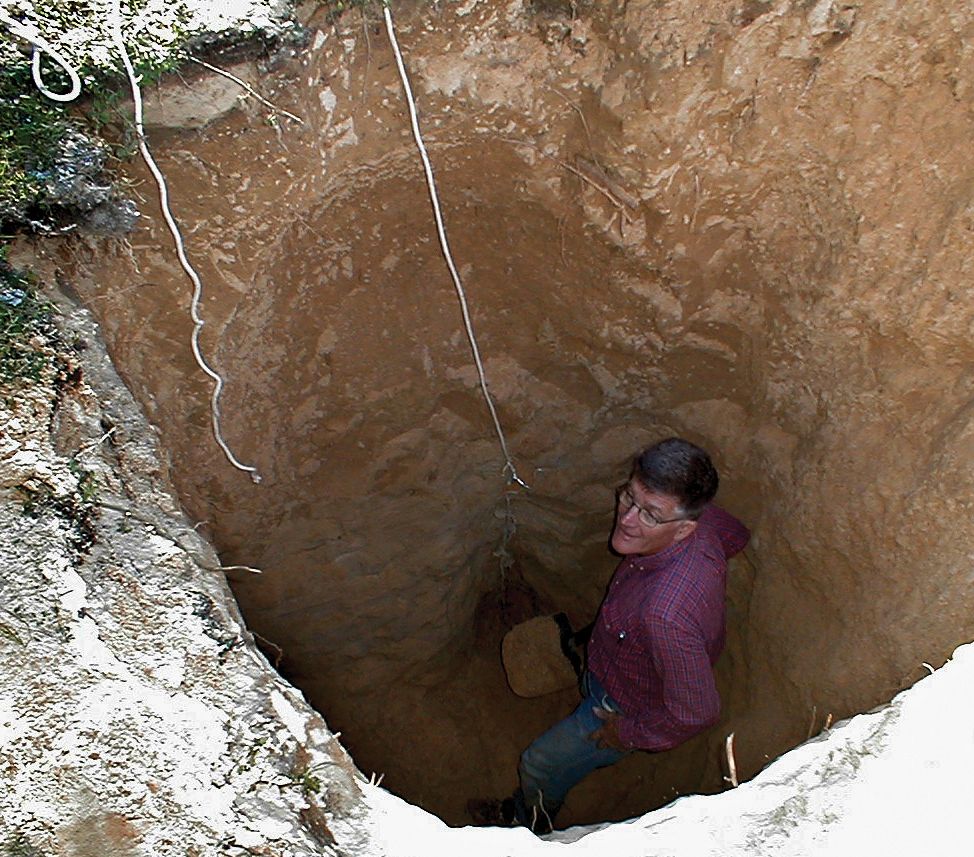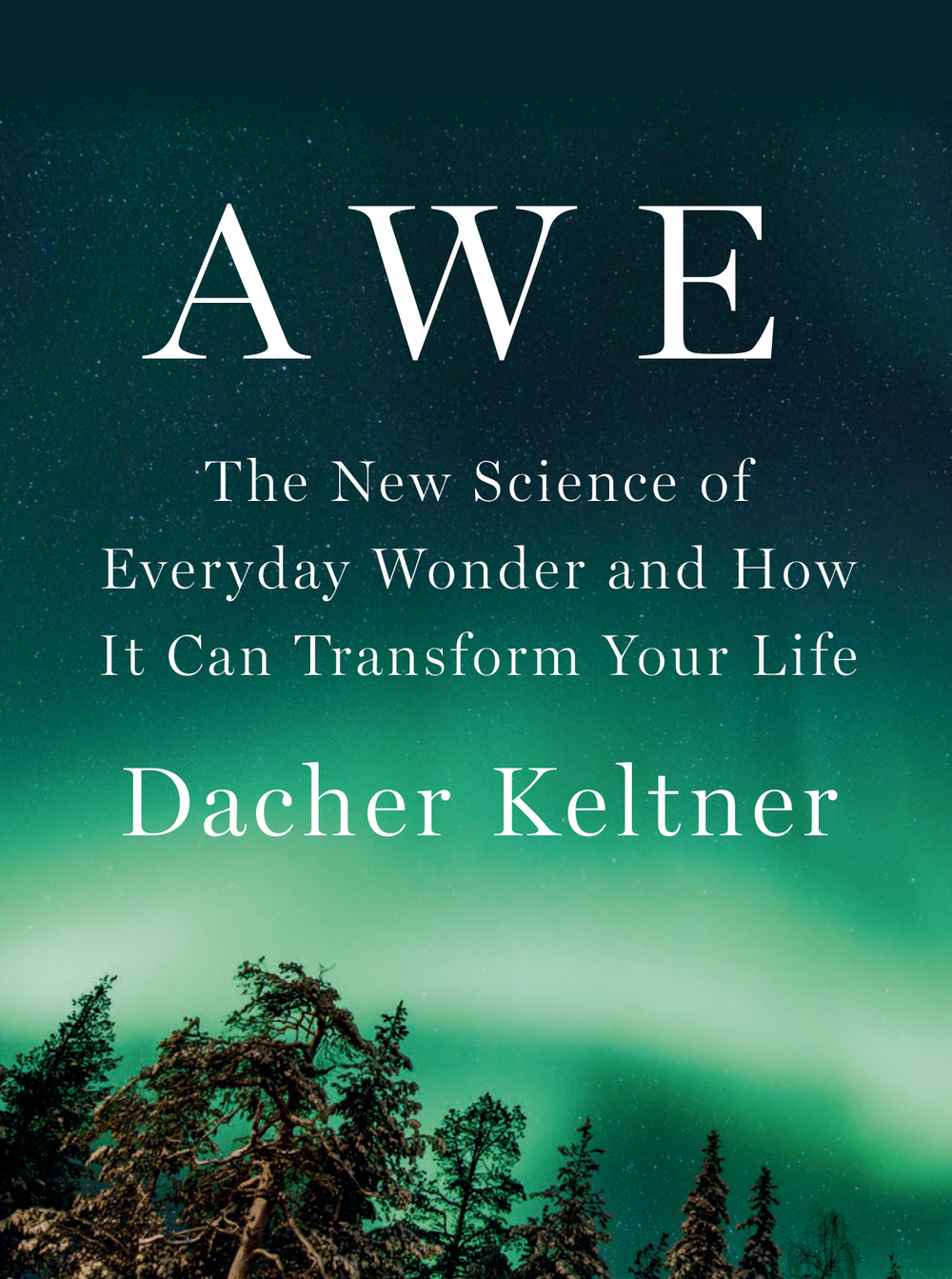
The nature of “nature” is a fickle beast. Interchangeably regarded as dirty and pure, menace and servant, the living world around us has many faces. Those of us who make a career studying nature as biologists have a likewise complicated relationship with nature. Usually some formative experience, such as backyard exploration or an early family camping trip, drew us into biology. But in today’s modern age, childhood is spent increasingly indoors, and a biologist’s research is most likely on a short leash attached to a lab bench. So are the days of glorious field exploration truly gone?
Three UC Berkeley alums and pioneers in field work—Dan Janzen, Gordon Orians, and Walter Tschinkel—reflect upon the past, present, and future of field biology.
The way things were
[blockquote source="Gordon Orians"]When we first went to La Selva [Biological Field Station in Costa Rica], there was no electricity then. You had a little propane refrigerator and propane lanterns. And you went in by a little dug-out canoe from Puerto Viejo, because there was no road.[/blockquote]
Walter Tschinkel, 73, is shirtless at the bottom of a hole in the middle of the desert of the Chiricahua Mountains in southeastern Arizona. He has been digging in the sand, with the help of a few students, for several hours. The pit is now roughly six feet deep and the treasure at the bottom is starting to get angry. Tschinkel asks for someone to pass him a spoon. Carefully, he uses the spoon to bring up his quarry—a couple of golden, engorged honey pot ants.
 Walter Tschinkel, PhD UC Berkeley ‘65, digs for ants.
Walter Tschinkel, PhD UC Berkeley ‘65, digs for ants.
Ants, particularly fire ants, have consumed Tschinkel’s life for the past couple of decades. His Pulitzer Prize-nominated book on the topic starts with the blunt declaration, “I love fire ants.” He has spent countless hours collecting, dissecting, and digging up these little beasts to discover their secrets. Tschinkel’s graduate studies at UC Berkeley in the mid-1960s focused on the chemical communication of insects. He has gone on to study ant pheromones, behavior, and nest architecture as a professor at Florida State University, where he has worked since 1969. But just like most biologists, and many kids, he started off in his backyard trying to examine (and occasionally fry) ants with a magnifying glass.
Early outdoor experiences are often the driving force behind a career in natural science. Another UC Berkeley alum, Gordon Orians, recalls similar childhood experiences that spurred his love for biology. “My generation of ecologists,” he says, “we almost all started out as kids mucking around in the field, digging in the ponds, bringing creepy crawlies home and freaking out our mothers.” Orians is an ornithologist specializing in black bird behavior, and also an avid bird watcher. Bird watching (also known as “birding”) remains one of the most popular recreational activities that connects people with the natural world. The US Fish and Wildlife Service estimates that one fifth of Americans identify as birdwatchers. Orians is interested in what motivates people to surround themselves with nature and pursue activities such as birding, with an upcoming book on the biology of aesthetics. “Throughout human history,” he says, “knowledge of other species,especially their availability and suitability as food, has been crucial to survival. Our affiliation with nature is a legacy of the importance of nature to our ancestors.”
For Dan Janzen, UC Berkeley class of 1965, his affiliation with nature started with butterfly collecting trips to Mexico with his parents. Janzen is what Tschinkel calls “the quintessential field biologist,” developing many seminal ecological theories, and building a career working and living in Costa Rica. That career, as with Tschinkel and Orians, started at UC Berkeley in the 1960s, in a different type of academic world. “Berkeley, in those days, was not difficult to get into,” says Janzen, recalling an old boys’ club of connections that helped position him for graduate studies, and, later, for faculty positions in biology. Such a prospect seems outrageous in our competitive era of academics, but then again, so do the past realities of needing to physically mail journal articles, or using punch cards for computer programming.
Technological limitations had a strong impact on the way that science was done. “We could not handle big masses of data,” says Orians, who remembers analysis by slide rule. The scientist, who is emeritus faculty at the University of Washington, acknowledges the powerful transformation brought about by even simple technologies. “The major technological advance that I took advantage of was pipe cleaners,” says Orians. He would tie a short pipe cleaner around the throat of a baby bird, preventing it from swallowing food but allowing it to breathe comfortably. In this way, he was one of the first biologists to accurately record the types of food that birds brought back to feed their offspring. “I did enormous analyses using the pipe cleaner technology,” says the researcher.
Orians’s approach is what one might call low-tech, but similar arts-and-crafts solutions remain an important aspect of field biology. Tshinkel cautions against what he calls “high-tech solutions for low-tech problems.” An ant researcher’s modus operandi hasn’t changed much since the early days. His most useful tools are still a shovel or trowel, and a simple hand lens. Some of his earliest field research at UC Berkeley, and his continued research in Florida, has involved marking insects with nail polish or spray paint to recapture them for counting population size, measuring dispersal, and other basic life history traits.
The fundamental properties of an animal’s life, also known as natural history, are unknown for most of the world’s organisms, but such basic research is nearly impossible to get funding for. “I think there is a decline in natural history as a result of the perceived need to do fashionable research,” he says. Like Tschinkel, Orians has focused his mentoring not on high-tech approaches, but on training students to ask important questions. “My whole reading of the history of science is that the people making major contributions were not necessarily brighter or more technically capable,” says Orians, “They were the ones who figured out what the most interesting questions were.”
Being a pioneer
[blockquote source="Walter Tschinkel"]To be a pioneer, you have to be brave; you have to leave society behind, more or less.[/blockquote]
Dan Janzen has always followed the adage to fight for what you believe in. The Free Speech Movement and the counter-culture of the 1960s defined the graduate experiences of both Janzen and Tschinkel, who were biology doctoral candidates at the time. Janzen’s activist side has never waned. As a graduate student during one of the first field courses in Costa Rica in 1963, he led a mutiny, rebelling against a lecture-heavy itinerary, and insisting on longer field forays. Since that first fight to get into the forest, Costa Rican field courses have maintained a field-centered emphasis. Janzen’s current fight is for the conservation of biodiversity in Costa Rica. Living half the year at the Area de Conservación Guanacaste in Costa Rica, Janzen and his life and research partner Winnie Halwachs run the research and conservation program of the park. They have revolutionized the way that biodiversity is sampled in the tropics, pioneering the use of parataxonomists. A parataxonomist is generally a local worker, trained to identify plants and animals at a basic level and reduce the incredible demand and often slow pace of the world’s aging taxonomists.
 Dan Janzen, PhD UC Berkeley ‘65, in the field in northwestern Costa Rica.
Dan Janzen, PhD UC Berkeley ‘65, in the field in northwestern Costa Rica.
Women were among the earliest parataxonomists, and early pioneers into field biology. Halwachs reflects on her time in the field surrounded by men. “I’ve been very much in the minority in field circumstances.” At a recent historical panel, Mary Jane West-Eberhard, a research pioneer in the study of sociobiology, shares several amusing anecdotes on the changing roles of women in biology. She recalls the challenges of being a female field biologist in the late sixties in Costa Rica. “I would take the bus to my field site,” says West-Eberhard, “and since it was inappropriate for women to wear pants, I had a large skirt I would have to wear over my field clothes on the bus.”
Obviously, much has changed since the early days of UC Berkeley in the 1960s, especially in the way that field biologists experience nature. The empty shacks where Orians first worked in Costa Rica are now fully equipped, top-of-the-line facilities. Halwachs laments the seemingly simple loss of the old trucks used to ferry biologists around Costa Rica, windows always open. “There was a real intimacy with seeing biology mile by mile by mile and sounds, smells, wrapping you up all the time.” Air-conditioned buses are how field course students get around these days.
Increasing comfort isn’t the only thing that has changed the nuisances of field work. In Costa Rica, for example, a shift from an economy based on cattle ranching to an economy based on ecotourism has meant fewer cows near field sites, which means fewer hosts for bot flies. These unpleasant parasites lay their eggs on hungry mosquitoes. The mosquitoes transport the stowaways to a warm-blooded animal, where the bot fly hatches and burrows into the flesh to feed and grow. Fieldwork in the 1960s meant becoming host to dozens of these nasty pests. Tschinkel, Orians, and Janzen have all hosted their share. Today, biologists count themselves lucky if they catch one, often rearing out the flies to adulthood as a rite of passage.
Looking forward
[blockquote source="Dan Janzen"]In those days you could walk 100 meters out of town and you’d be in primary forest. We saw the old Costa Rica. That was pre-chain saw, before bulldozers were in the forest. It was a beautiful place.[/blockquote]
The foundation of modern biology—the theory of evolution by natural selection—was borne of basic field observations. Charles Darwin and Alfred Russell Wallace, who developed the theory, were driven by close observation of natural history in the tropics. “They saw stuff that was available for everyone to see,” says Orians. “They weren’t necessarily smarter. It was knowledge, their basic natural history knowledge that directed their work.” Natural history, or close observation of organisms in the natural world, is the backbone of most field biology. Tschinkel also hails his skill and enthusiasm as a naturalist as a driver of his success in science. “The real importance of natural history is that it’s inspiring,” he says. “It is like a magic well. The more you draw from it, the more there is to draw.”
Alas, the role of patient observation in field biology is changing. “I’m dismayed at the relative demise of natural history in our generation,” says Orians. He recalls an experience in the early 2000s in Brazil, when he was teaching a field course in Manaus. A large and rarely seen Cotinga bird lek—where dozens of brightly colored males would group to dance for the females’ attentions—was happening in the early mornings. Only one of the group’s students ventured outside to watch the display. Orians shakes his head in dismay. “I thought: that’s not a good thing. It really scared me.”
 Potholes Reservoir in central Washington (state), where Gordon Orians, PhD UC Berkeley ‘60, has done fieldwork.
Potholes Reservoir in central Washington (state), where Gordon Orians, PhD UC Berkeley ‘60, has done fieldwork.
For Orians, the urban upbringing of many of his students and the pressures of academic culture explain part of the disinterest. “With ecology it matters enormously the environment in which you grew up,” he says. Hallwachs attributes a declining patience for natural history to an over-entertained generation who could watch Cotinga leks in David Attenborough films. Part of the challenge of Hallwach and Janzen’s fight for conservation in Costa Rica is the new generation of Costa Ricans with new priorities. “One of the insidious things is that the current generation grew up in secondary forest,” Hallwach says, “and in some deep and fundamental way they do not understand that the creatures in the primary forest are really different and unique.”
As more of the world continues to urbanize, it might seem that an interest in field biology would become a thing of the past. But Tschinkel has a different perspective. “The joking definition of a field biologist is someone who does their research at least 1,000 miles from home,” he says. Most of Tschinkel’s own research, by contrast, is within a half-hour drive of his office. He has become so intimately familiar with his local Florida forests, he says, “It’s like stepping into my living room.” His own backyard has also been a source of inspiration. “I have toyed with the idea of publishing a book called The Ants of 235 Marion Avenue,” he says. “The point I am making with that is that you can actually spend a lifetime on a tiny piece of land and never run out of things to do and questions to ask, and interesting ants to find.”
This article is part of the Spring 2014 issue.



